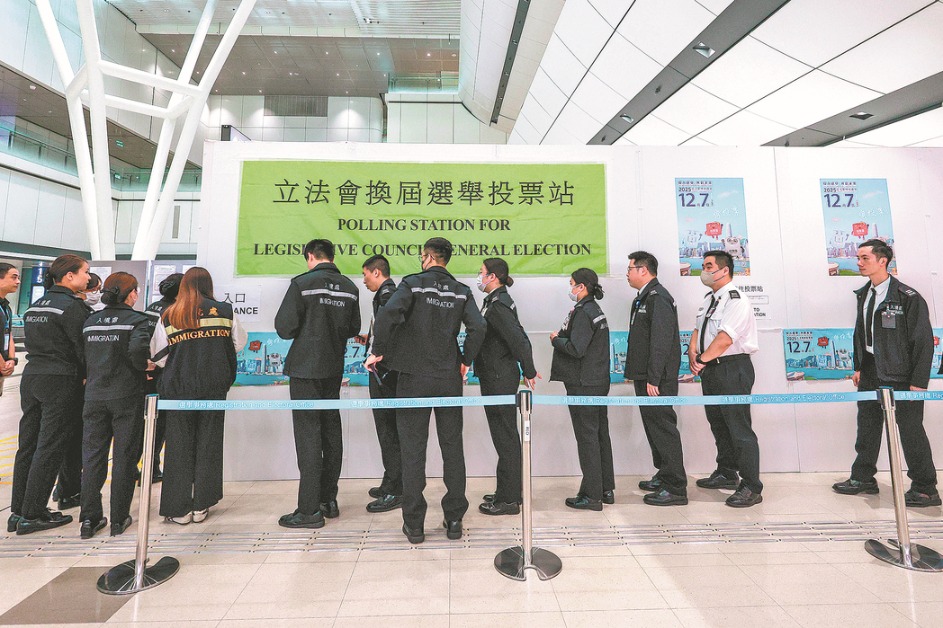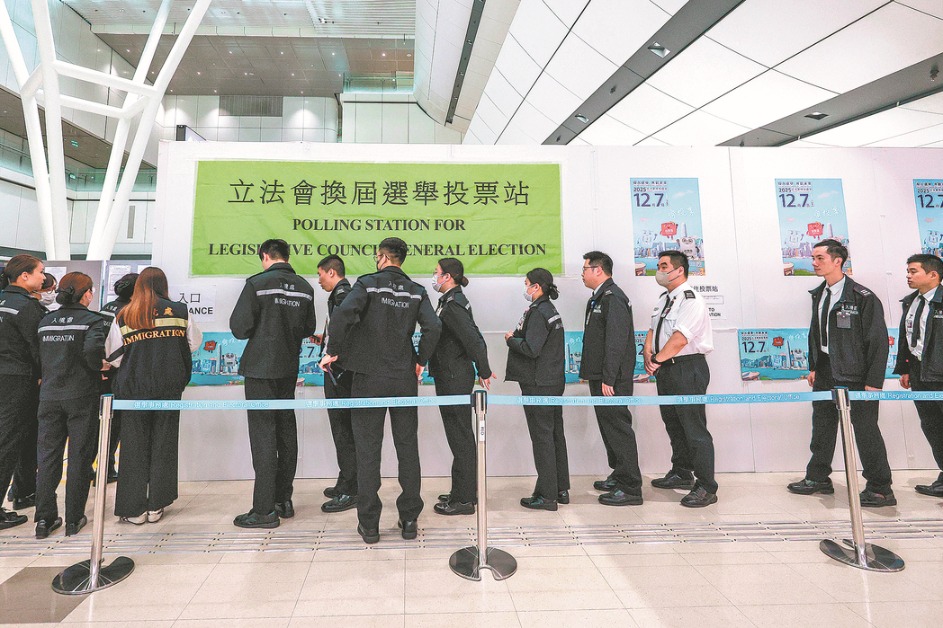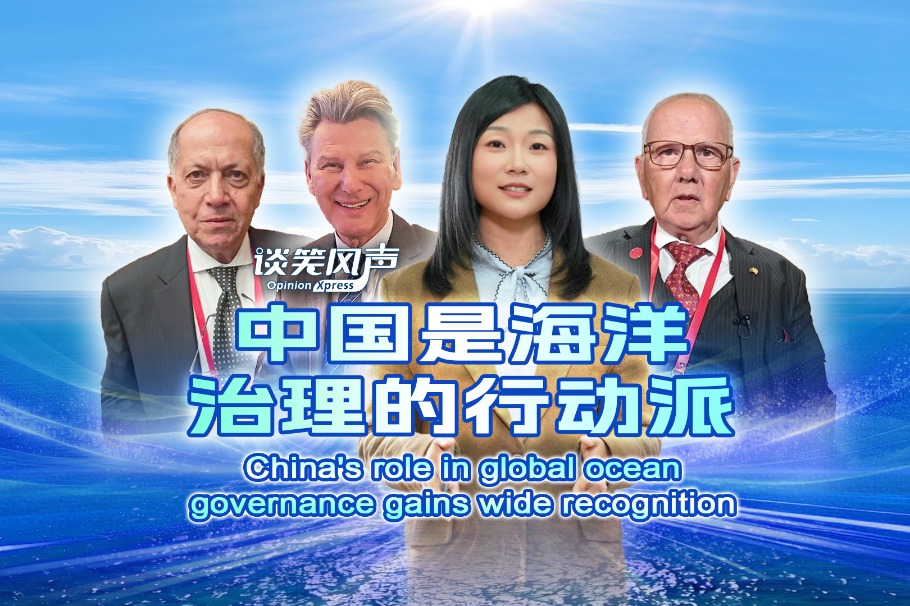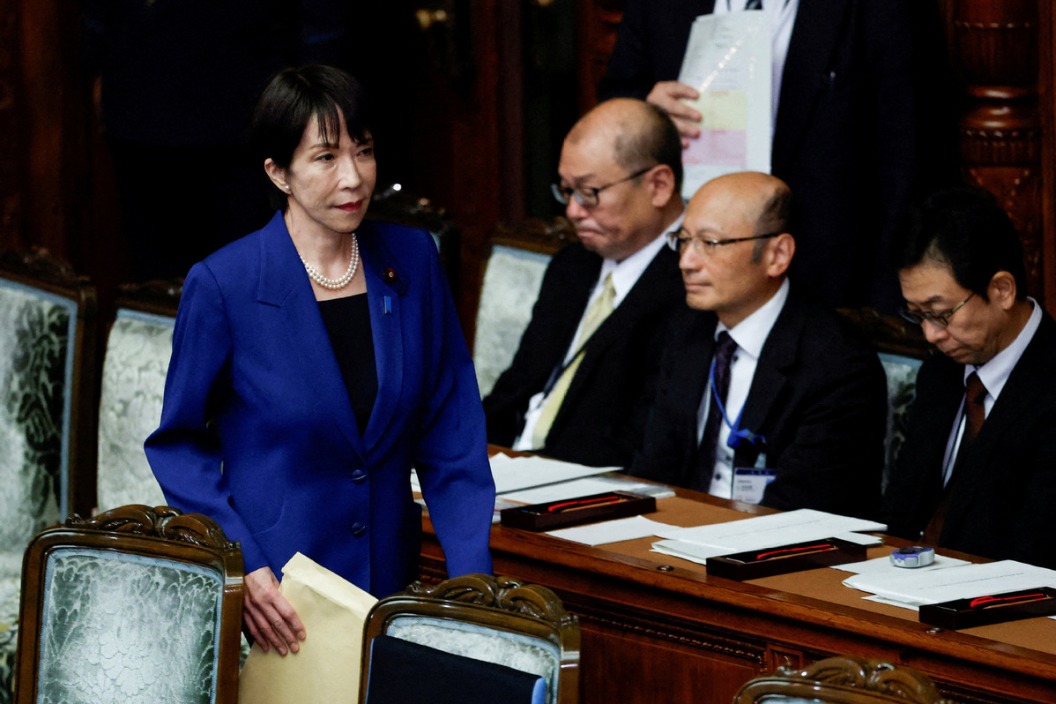Galvanizing the power switch
China's market-based mechanisms for green electricity need to be improved to ensure that more electricity comes from renewables


China's market-based mechanisms for green electricity need to be improved to ensure that more electricity comes from renewables
Electricity produced from renewable sources such as wind, solar and hydro is currently the most economically feasible low-carbon source of energy. Accelerating the development of renewable energy has become an important means of advancing the low-carbon transition for all countries. According to forecasts by the International Energy Agency, over the next five years, global renewable power capacity will grow by an average of 75 percent annually and double by 2027.
China has been the world's largest market for hydropower, wind power and solar PV electricity generation for many years, with the world's largest installed capacity of hydro, solar and wind power. China is also the world's largest supplier of green electricity. Although new renewable power projects have been completely subsidy-free since 2022, renewable energy continues to dominate the newly installed electricity generation capacity, accounting for 76.2 percent of the all new capacity in 2022. By the end of 2022, the installed capacity of China's renewable energy had reached 1.2 terawatts, more than three times that of the United States. In 2022, China generated 2,700 terawatt hours of electricity from renewable energy sources, three times that of the United States and equivalent to the entire power consumption of the European Union. Of that, electricity generated from wind and solar power exceeded 1,000 TWh for the first time in 2022.
While the supply capacity of green electricity has substantially increased, uncertainties in power generation and fluctuating prices in the electricity market have brought risks to renewable energy projects. Volatility and uncertainty in electricity generation from renewable energy sources requires backup power supply. Against the backdrop of the immature development of large-scale application of various energy storage technologies, the overall cost of green electricity is still higher than that of traditional energy, which requires market-based mechanisms to enable the environmental premium to offset its cost disadvantage. Therefore, market-based mechanisms will, for a long time to come, play a critical role in promoting low-carbon transformation of China's energy mix.
After countries put forward or updated their carbon reduction goals, more and more enterprises, especially leading enterprises, have attached greater significance to the green and low-carbon transition of their products and supply chains. Green electricity, as a way to reduce emissions at a relatively lower marginal cost and high market accessibility, has gained more traction. About 38 percent of the Fortune Global 500 have set 2030 targets for emissions reductions and over 50 percent of them are vigorously purchasing green electricity. Leading enterprises' endeavors to establish green supply chains have also prompted small- and medium-sized upstream and downstream enterprises to purchase green electricity. Since China put forward its "dual carbon" goals to peak carbon dioxide emissions before 2030 and achieve carbon neutrality before 2060, it has been promoting a switch from its current "dual-control" policy — which caps total energy consumption and energy intensity — to a new "dual-control" policy that restricts total carbon emissions and carbon intensity (carbon emissions per unit of GDP). Controls over the consumption of renewable energy have been to a certain extent loosened, which greatly encourages electricity users to purchase green electricity.
To further boost renewable energy development and fully tap its environmental benefits (clean and low carbon), China has introduced an array of market-based mechanisms for the trading of green electricity, such as green electricity certificates, the renewable energy power consumption guarantee mechanism, pilot direct trading of green electricity, and the certified emissions reduction program. These mechanisms have played a positive role in boosting the consumption of green electricity. In 2022, China's green electricity certificate trading platform issued 20.6 million certificates, corresponding to 20.6 billion kWh of electricity, an increase of 135 percent from 2021. A total of 9.69 million green electricity certificates were traded in 2022, corresponding to 9.69 billion kWh of electricity, 15.8 times that of 2021.
Despite the substantial increase in green electricity consumption over the past years, the consumption is quite small compared with the supply. China's market-based mechanisms for green electricity need to be further improved to ensure that more electricity will come from renewables.
To start with, the green certificate should be the only certificate reflecting environmental rights and tracking the trades of green electricity. China should further improve its approval and issuance process, and establish a whole-process information system covering registration, screening, approval and issuance, tracking, verification, and disclosure, so as to guarantee the uniqueness and traceability of the environmental rights and interests of green electricity.
Second, the market trading rules should be further optimized to more efficiently match supply and demand and to create a better market environment for both the buyers and sellers. On the one hand, China should further raise the requirement for electricity users with regard to the share of renewables in total electricity consumption and provide a clear expectation of gradually improving the electricity supply structure to society. On the other hand, more trading platforms could be introduced to provide more diversified products to further tap the environmental benefits of green electricity by innovating business models.
Third, China should build and improve a platform for gathering registration and statistical information of green electricity trading, so as to provide support for the trade, trace and market regulation. A third-party certification system should be established to increase the capacity and quality of certification. A standardized system for the trade and purchase of green electricity should be established and mutual recognition of international standards should be advanced. The legal system should be improved to guarantee the legality of environmental rights and interests of the green certificates.
Last, the electricity market and the carbon market should be better integrated. China should encourage buyers to buy green electricity through the Power Purchase Agreements, adjust and update the grid emission factors in a timely fashion based on the approval, issuance and trading of green certificates, and better coordinate the green certificates with the China Certified Emission Reduction program.
Han Xue is an associate research fellow of the Institute for Resources and Environment Policies at the Development Research Center of the State Council. Gao Shiji is the director general and a research fellow of Institute for Resources and Environment Policies at the Development Research Center of the State Council. The authors contributed this article to China Watch, a think tank powered by China Daily. The views don't necessarily reflect those of China Daily.
Contact the editor at editor@chinawatch.cn
































